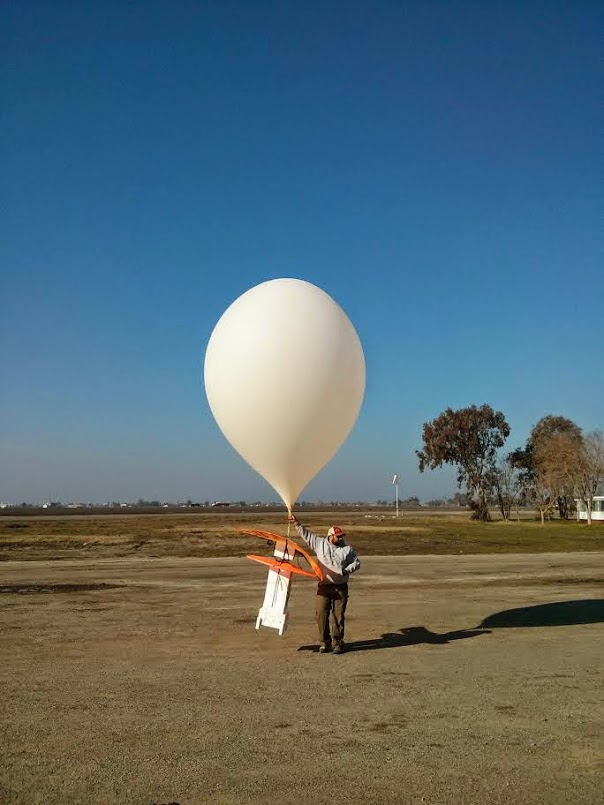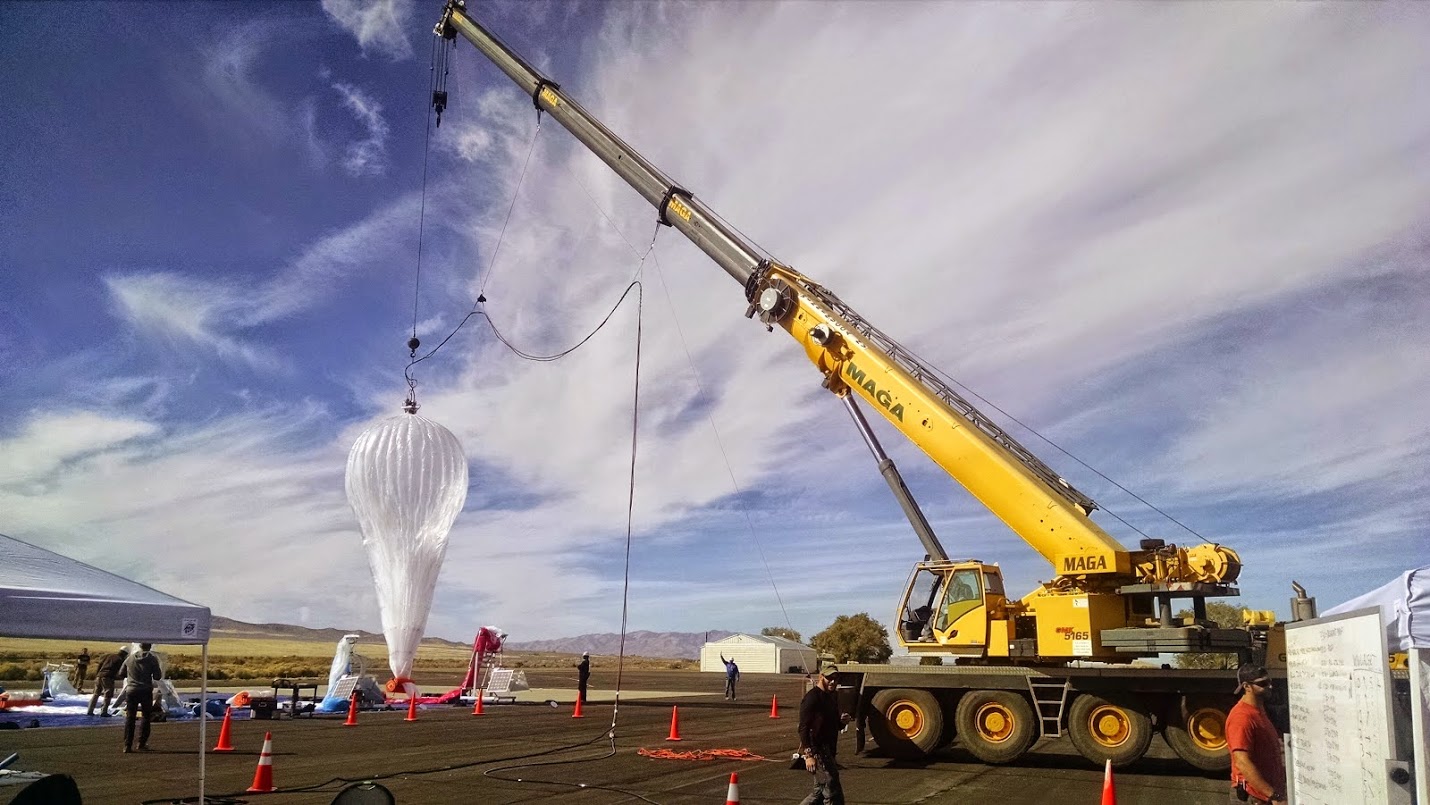testsetset
Google today shared an update from Project Loon, the company’s initiative to bring high-speed Internet access to remote areas of the world via hot air balloons. Google says it now has the ability to launch up to 20 of these balloons per day.
This is in part possible because the company has improved its autofill equipment to a point where it can fill a balloon in under five minutes. This is a major achievement, given that Google says filling a Project Loon balloon with enough air so that it is ready for flight is the equivalent of inflating 7,000 party balloons.
Google also shared some other interesting statistics. Project Loon balloons have now collectively flown 3 million kilometers (about 1.86 million miles). That distance is equivalent to going around the Earth about 75 times or traveling to the moon and back nearly four times over.
In terms of quality improvements, the balloons now last 10 times longer in the stratosphere than they did in 2013. Some fly for over 100 days (Google says the current record is 130 days).
June 5th: The AI Audit in NYC
Join us next week in NYC to engage with top executive leaders, delving into strategies for auditing AI models to ensure fairness, optimal performance, and ethical compliance across diverse organizations. Secure your attendance for this exclusive invite-only event.
The company explains it achieved this through trial and error, making “hundreds of discoveries” that help it prevent leaks and refine its automated manufacturing process:
We’ve learned a great deal about what it will take to bring the Internet to everyone, no matter where they are. For example, what footwear is it best for our manufacturing team to wear when they need to walk on the balloon envelopes? Turns out it’s very fluffy socks, the fluffier the better, to ensure the least amount of friction when building our balloons.
In short, Google can now pump out more balloons faster, and once they’re in the air, they also last longer. Numbers aside, here is how a Project Loon launch looked in the early days:
Here is how it looks now:
That’s impressive progress for a project that hasn’t even been around for two years.




